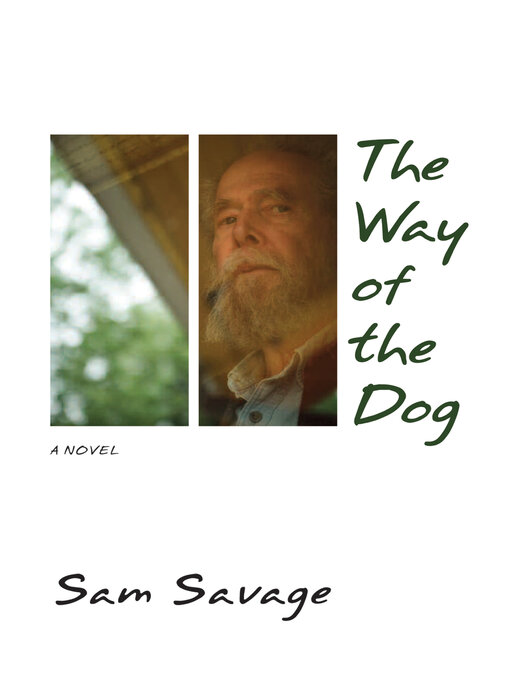"Sam Savage [creates] some of the most original, unforgettable characters in contemporary fiction. . . . Readers are left with a voice so strong that Savage is able to derive significance from these events by sheer literary force."—Kevin Larimer, Poets & Writers
"Savage's skill is in creating complex first-person characters using nothing but their own voice."—Carolyn Kellogg, Los Angeles Times
"[Savage] creates one of the most intriguing stories—and one of the most vivid characters—that this reader has encountered this year."—The Writer
Sam Savage's most intimate, tender novel yet follows Harold Nivenson, a decrepit, aging man who was once a painter and arts patron. The death of Peter Meinenger, his friend turned romantic and intellectual rival, prompts him to ruminate on his own career as a minor artist and collector and make sense of a lifetime of gnawing doubt.
Over time, his bitterness toward his family, his gentrifying neighborhood, and the decline of intelligent artistic discourse gives way to a kind of peace within himself, as he emerges from the shadow of the past and finds a reason to live, every day, in "the now."
Sam Savage is the best-selling author of Firmin: Adventures of a Metropolitan Lowlife, The Cry of the Sloth, and Glass. A native of South Carolina, Savage holds a PhD in philosophy from Yale University. He resides in Madison, Wisconsin.



